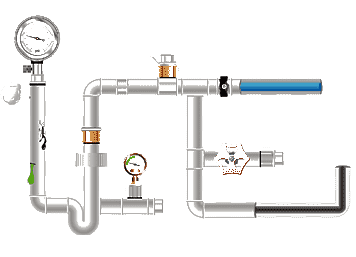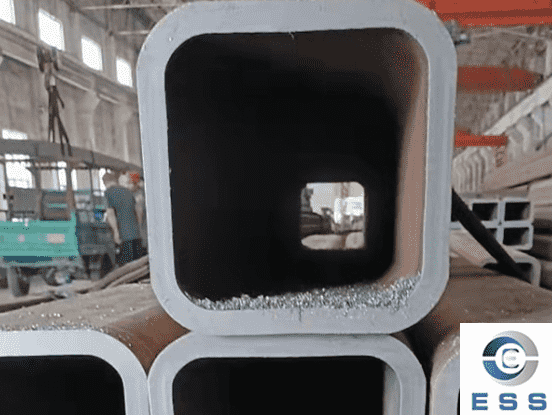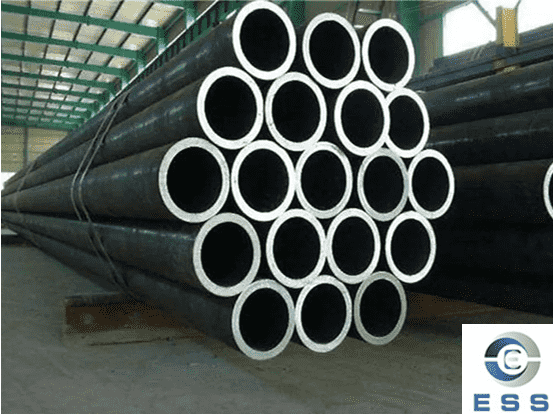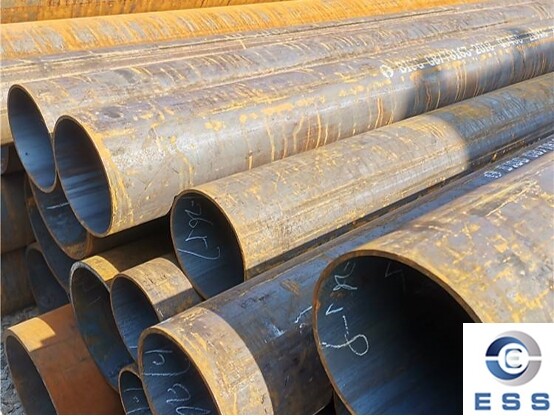
HSN is the customs common code for goods.
Its role is to provide a unified commodity classification and coding system
worldwide to facilitate trade management by customs in various countries. The
HSN code is a ten-digit code that describes the detailed information of the
goods and is used for commodity classification, statistics, taxation, etc. In
international trade, the correct use of the HSN code is crucial for the import
and export of carbon
steel pipe. The HSN code not only helps customs quickly identify goods, but
also ensures the compliance and efficiency of the import and export process.
The following is a detailed introduction to the HSN code for carbon steel pipes
and its application in import and export.
Factors affecting the determination of
the HSN code for carbon steel pipes
1. Material composition
The carbon content of carbon steel pipes
and the content of other alloying elements will affect their HSN code. For
example, mild
steel pipe and medium- and high-carbon carbon steel pipes may be classified
into different coding categories. In addition, carbon steel pipes that have a
small amount of alloying elements (such as manganese, silicon, etc.) added to
improve performance may also have different codes from ordinary carbon steel
pipes.
2. Manufacturing process
Seamless and welding are two different
manufacturing processes corresponding to different HSN codes. Moreover, even
for welding processes, different welding methods (such as argon arc welding,
electroslag welding, etc.) and post-welding treatment methods (whether heat
treatment is performed, etc.) may also affect the code.
3. Size specifications
The size specifications of carbon steel
pipes such as outer diameter and wall thickness are also important factors in
determining HSN codes. Carbon steel pipes of different size ranges may be
classified under different coding items to meet the customs' classification
management and statistical needs for products of different specifications.
4. Use
Carbon steel pipes for special purposes
will be given special HSN codes due to their special performance requirements
and application scenarios. These special-purpose carbon steel pipes often need
to meet higher standards and specifications during the production process, and
the distinction of their codes will help customs conduct targeted supervision
and statistics.
HSN code classification of carbon steel
pipes
|
HSN code
|
Commodity name
|
Declaration elements
|
|
7304191000
|
Carbon
steel seamless
steel pipe
|
Specification
(outer diameter), use (such as boiler, oil or gas drilling), material
(non-alloy steel), processing method (cold drawing, hot rolling, etc.)
|
|
7304199000
|
Carbon
steel seamless steel pipe
|
Specification
(outer diameter), use, material, processing method
|
|
7304592000
|
Carbon
steel welded
steel pipe
|
Specification
(outer diameter), use, material, processing method
|
|
7304900000
|
Carbon
steel pipe
|
Specification
(outer diameter), use, material, processing method
|
|
7305110000
|
Carbon
steel oil pipeline pipe
|
Specification
(outer diameter), use (oil or gas pipeline), material, processing method
|
Declaration elements for import and
export of carbon steel pipes
During the import and export process,
declaration elements are the key content of customs review. The following are
the main declaration elements of carbon steel pipes:
1. Brand type
Whether it is a well-known brand or a
private brand. Well-known brands often have higher recognition and added value
in the international market. Accurate declaration of brand information helps
customs assess the value of goods.
2. Export preferential treatment
Whether it enjoys the benefits of specific
trade agreements. With the increasing number of global free trade agreements,
many countries have reached tariff reductions or preferential policies.
3. Specifications
The uses and values of carbon steel pipes of different specifications vary greatly. The
outer diameter and wall thickness directly affect the pressure bearing capacity
and usage scenarios of the pipeline.
4. Purpose
Specifically explain the actual uses such
as boilers, oil or gas drilling, and construction. Purpose is one of the
important bases for customs to judge the classification and applicable tax rate
of carbon steel pipes.
5. Material
The performance and price of carbon steel
pipes of different materials are different. Alloy steel has better strength,
corrosion resistance or high temperature resistance due to the addition of
specific alloy elements, and its value is relatively high.
6. Processing method
Cold drawing, cold rolling, hot rolling,
welding, etc. The processing method not only affects the performance of carbon
steel pipes, but is also closely related to production costs.
7. Others
Such as GTIN (Global Trade Item Number),
CAS (Chemical Registry Number), etc. GTIN is a globally accepted commodity
identification code used to uniquely identify trade items in the supply chain.
The CAS number is a unique digital identification number for chemical
substances, which helps customs to have a more comprehensive understanding of
product ingredients and characteristics.
Summary
The correct use of HSN codes and compliance
with relevant regulations are essential for the import and export of carbon
steel pipes. By understanding the HSN code, declaration elements, and factors
that affect the determination of HSN codes for carbon steel pipes, companies
can ensure the smooth progress of the import and export process while avoiding
additional costs and delays caused by non-compliance with regulations.
Read more: Roughness of carbon steel pipe









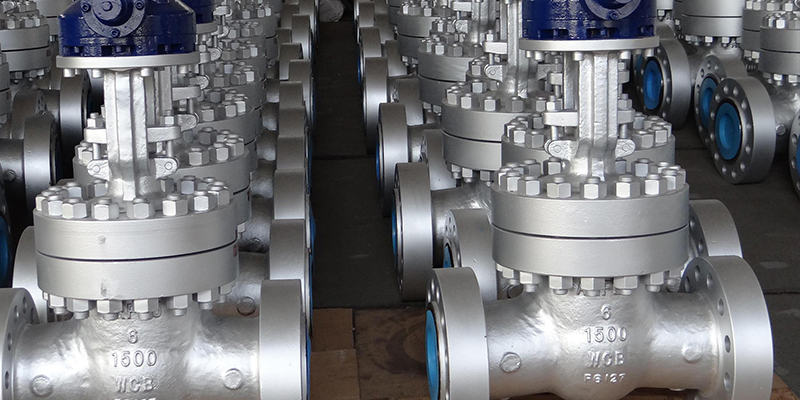
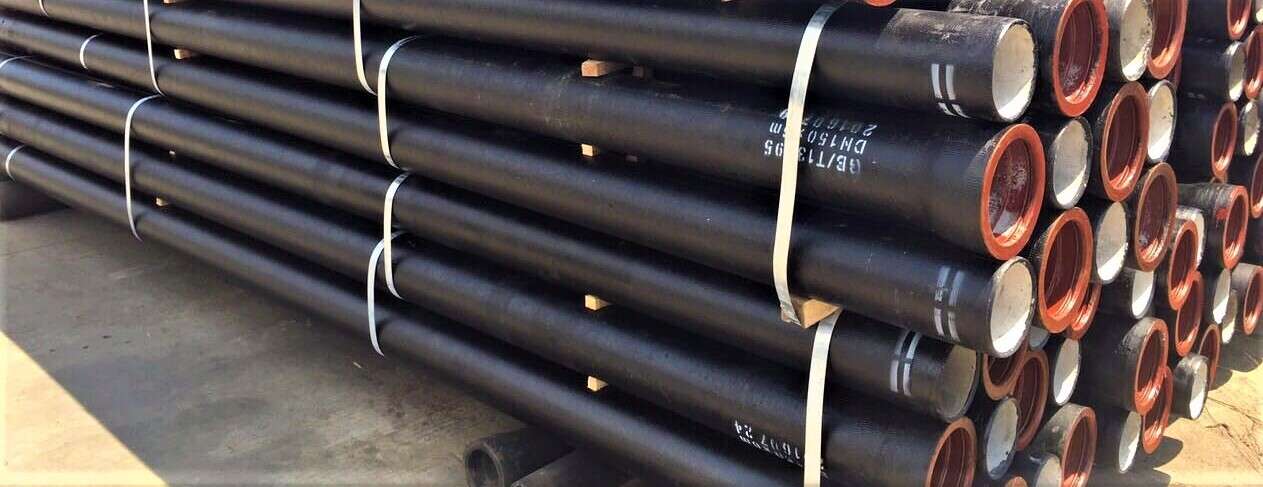


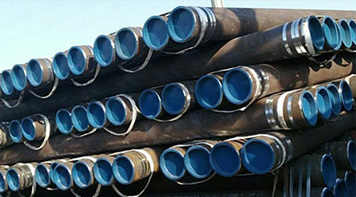 Eastern Steel Manufacturing Co.,Ltd not only improve product production and sales services, but also provide additional value-added services. As long as you need, we can complete your specific needs together.
Eastern Steel Manufacturing Co.,Ltd not only improve product production and sales services, but also provide additional value-added services. As long as you need, we can complete your specific needs together.
